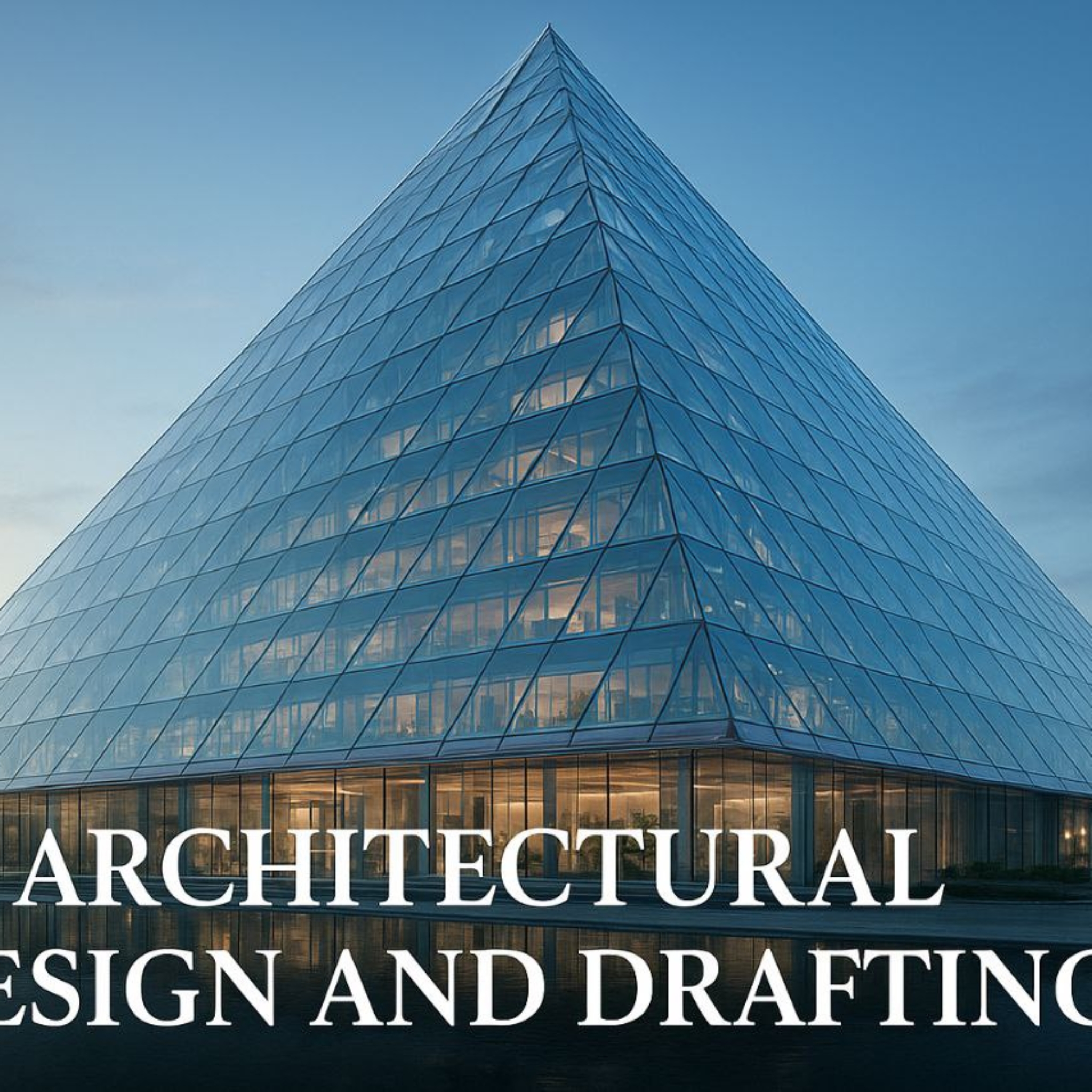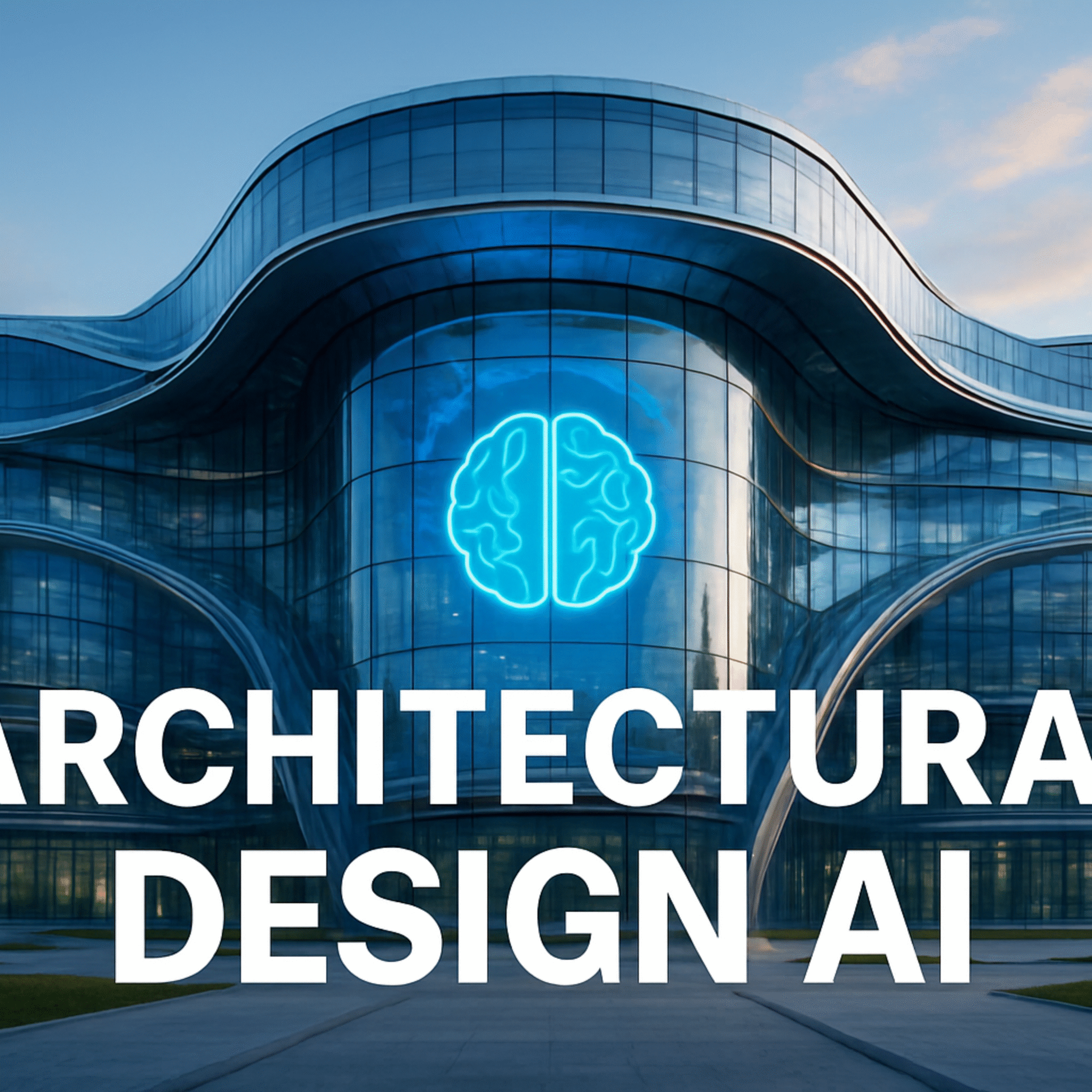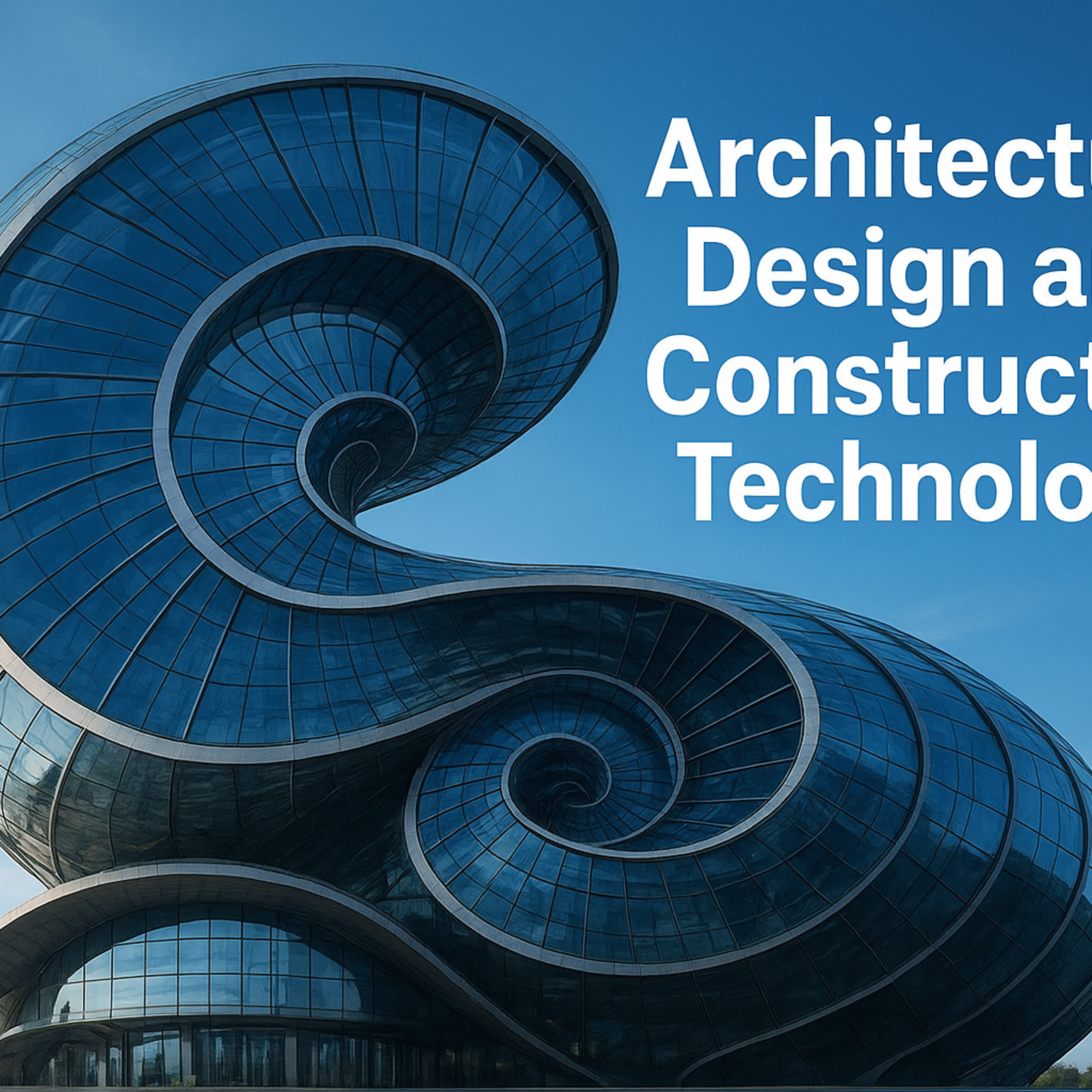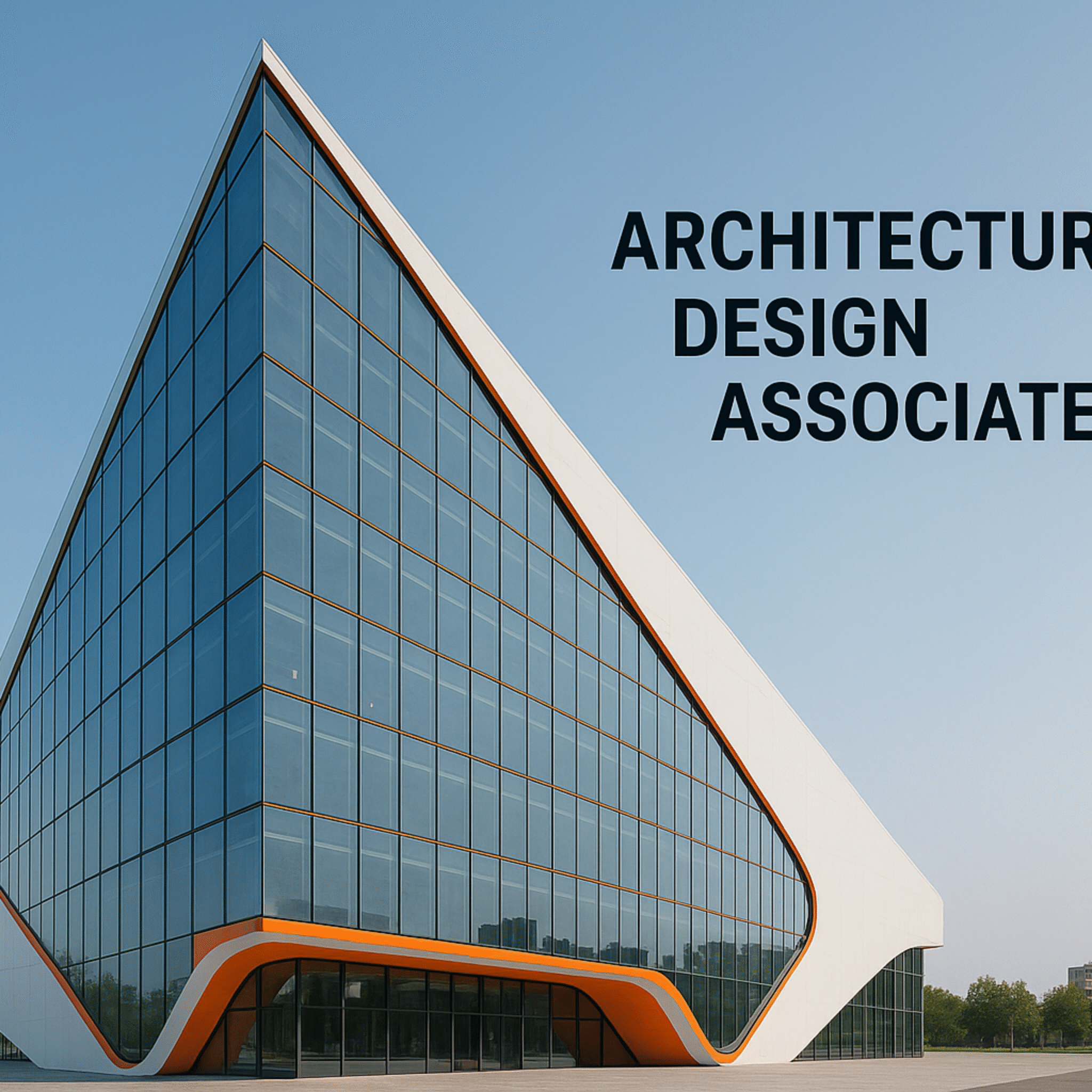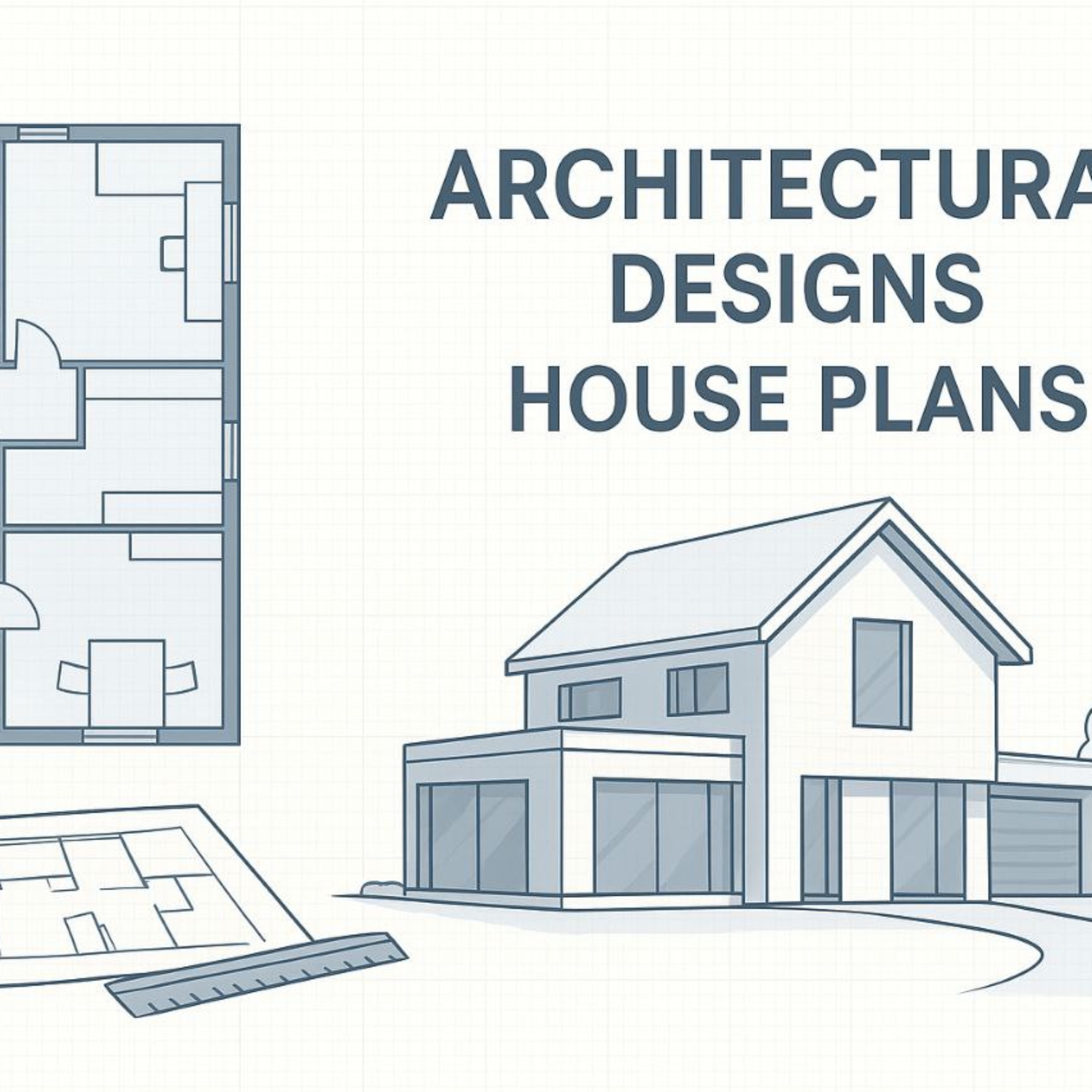Architectural Design AI
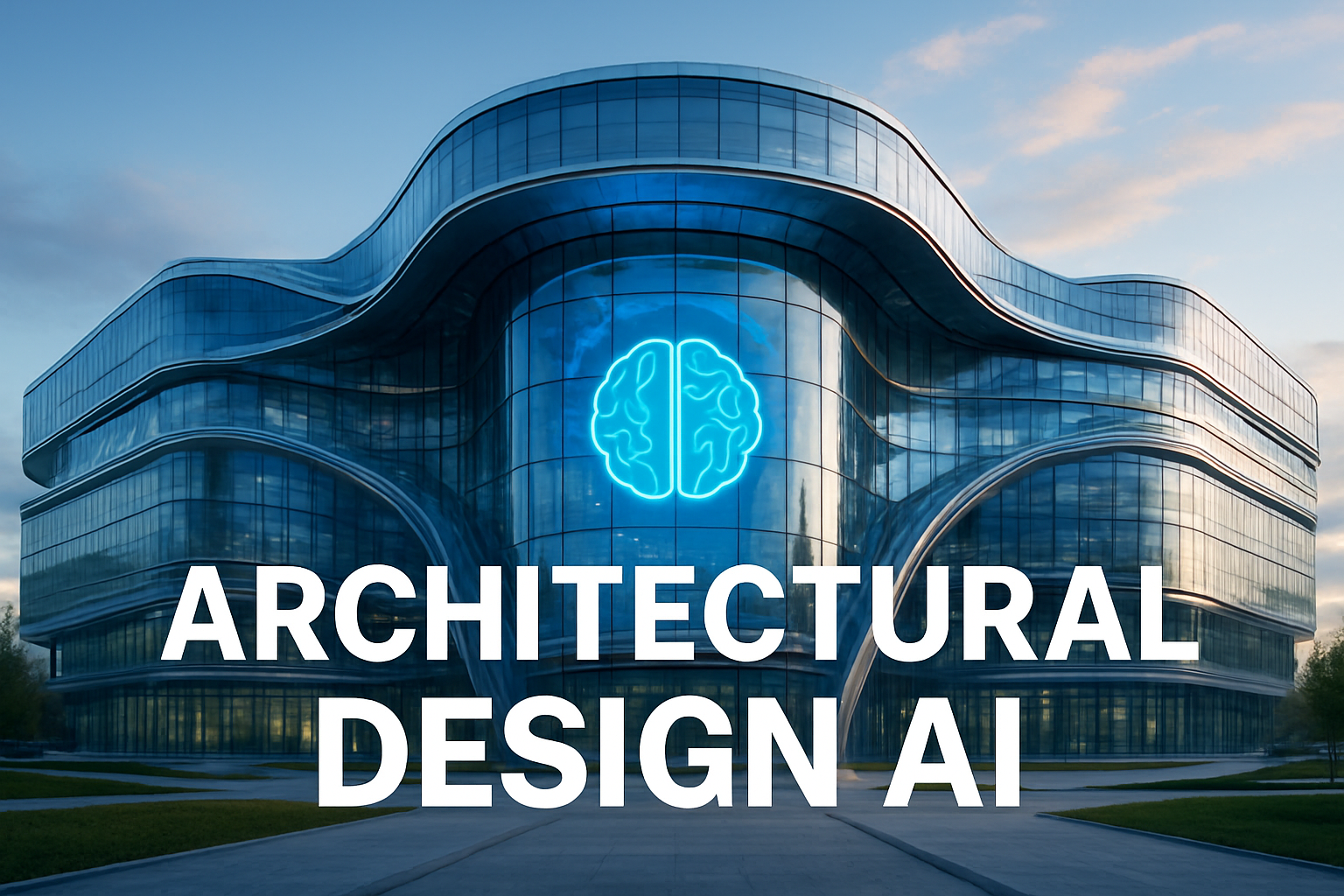
Architectural Design AI : Revolutionizing Architecture for the Future
Topics : AI in architecture, generative design, AI architecture tools, sustainable architecture
Introduction to Architectural Design AI
Architectural Design AI is transforming the way architects and designers conceptualize, create, and manage architectural projects. This integration of artificial intelligence (AI) into the design process is more than just a technological advancement; it’s a fundamental shift in how buildings are imagined, designed, and constructed. AI in architecture provides powerful tools for automating design tasks, optimizing building performance, and creating more sustainable, innovative spaces. By harnessing the power of machine learning and data-driven algorithms, AI is poised to reshape the future of architectural design.
Generative Design: AI-Powered Innovation
One of the most impactful aspects of Architectural Design AI is generative design. Through AI algorithms, architects can explore a vast number of design alternatives based on specific input parameters, such as spatial requirements, environmental constraints, and aesthetic preferences. This technology doesn’t just generate random options; it optimizes designs for function, sustainability, and form, allowing architects to uncover creative solutions that traditional methods might overlook.
By analyzing large datasets, such as material performance, climate data, and site conditions, generative design algorithms can suggest highly efficient and sustainable design options. This allows for a deeper exploration of possibilities, ultimately enhancing creativity and offering unique solutions that align with both client needs and environmental considerations.
Optimizing Accuracy and Efficiency with AI
Another significant contribution of AI to architecture is its ability to streamline the drafting and modeling phases of design. AI-powered software can automate time-consuming tasks like drafting complex geometries or detecting structural issues in digital models. With Building Information Modeling (BIM), AI can also facilitate real-time analysis, enabling architects to make better decisions and avoid costly errors during the construction process.
These technologies increase accuracy and speed, reducing human error while enhancing overall project efficiency. By automating repetitive tasks, architects and designers are free to focus on the creative aspects of the project, ultimately reducing the timeline and costs associated with design iterations.
Sustainability: AI for Environmentally Responsible Design
Sustainability is one of the key focuses of modern architectural practice, and AI is helping architects design with the planet in mind. Through AI-powered simulations and predictive analytics, architects can assess energy consumption, daylight distribution, and thermal performance early in the design process. By simulating various environmental conditions, AI helps optimize designs for energy efficiency, passive cooling, and overall building performance.
AI also plays a crucial role in selecting sustainable materials by analyzing lifecycle data. With this technology, architects can make informed decisions about material choices, ensuring that every aspect of the design is environmentally responsible. This not only reduces a building’s carbon footprint but also ensures compliance with green building certifications like LEED and BREEAM.
AI in Urban Planning and Large-Scale Projects
Beyond individual buildings, AI is also transforming the way architects approach urban planning and large-scale developments. By analyzing demographic trends, traffic patterns, and infrastructure data, AI can help create smarter, more livable cities. Urban planners can use AI to simulate various development scenarios, assess their impact on the community, and make data-driven decisions that promote urban resilience and improve quality of life.
AI tools in urban design also enhance the ability to forecast future needs. By incorporating historical data and predictive models, architects can design spaces that adapt to changing conditions, such as population growth, environmental changes, and evolving urban needs.
AI and Immersive Visualization Tools
The integration of AI with virtual reality (VR) and augmented reality (AR) technologies is providing architects and clients with a more immersive design experience. AI-driven visualization tools create hyper-realistic renderings and 3D walkthroughs, allowing stakeholders to experience proposed designs before construction begins. These tools enhance collaboration and communication, ensuring that the design aligns with client expectations and making the decision-making process more efficient.
Challenges and Considerations in AI Adoption
Despite the numerous advantages, the adoption of Architectural Design AI also presents challenges. There are ethical concerns about data privacy and the potential loss of the human touch in creative processes. Additionally, the technology requires specialized skills, and as AI continues to advance, architects must be prepared to integrate AI tools responsibly and effectively into their practice.
Training and education will play an essential role in equipping architects with the necessary skills to work with AI technologies. It’s important to ensure that AI serves as a tool to enhance human creativity, not replace it, and that the integration of AI in architecture leads to better outcomes for both the built environment and society.
The Future of Architectural Design with AI
As Architectural Design AI continues to evolve, its role in the design process will only become more integral. From generative design to sustainability and performance optimization, AI is reshaping the boundaries of what is possible in architecture. The integration of AI will enable architects to design smarter, more sustainable, and more responsive built environments that better meet the needs of their clients and communities.
By embracing AI, architects can push the limits of creativity, enhance building performance, and create environmentally responsible designs that stand the test of time. As the technology evolves, the future of architectural design will be one that blends human creativity with the power of AI, unlocking new possibilities for the next generation of architects.
Embracing AI for the Future of Architecture
Architectural Design AI is revolutionizing the architecture profession by merging creativity, technology, and sustainability. Through generative design, AI-powered tools, and real-time performance analysis, AI enables architects to create buildings that are not only functional and aesthetically pleasing but also environmentally responsible and future-ready. The continued integration of AI in architecture promises to reshape how we design and construct buildings, making the industry more efficient, creative, and sustainable than ever before.
By adopting AI, architects can stay at the forefront of innovation, creating smarter, more sustainable designs that address the challenges of tomorrow’s world. The future of architecture is here, and it’s powered by AI.




